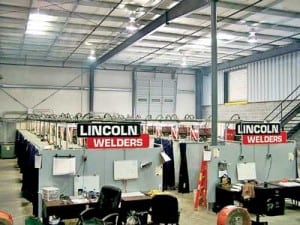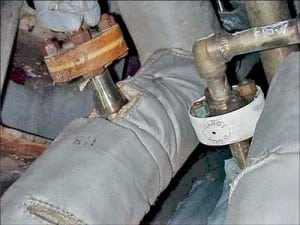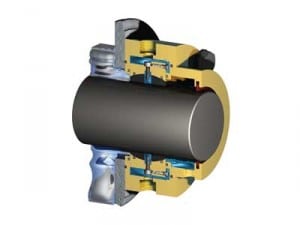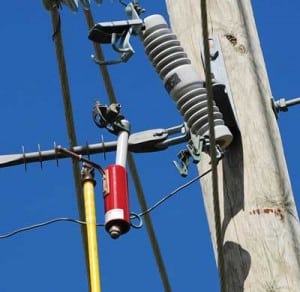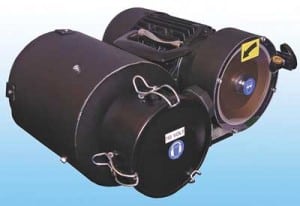Latest
-
Business
Training the Next Generation of Welders
Concern about the shortage of skilled workers for the energy industry has grown considerably over the past few years. Most discussions have focused on the shortage of engineers, but recently concerns about the scarcity of technical crafts have arisen as well.
-
O&M
Stopping Natural Gas Leaks
Chances are you have endured the tedious process of removing fuel piping when maintaining just about any gas turbine, especially aero-derivative engines that are usually swapped out rather than repaired in place. One of the most time-consuming jobs after reassembling the fuel piping is checking for leaks at all the flanges. In a large frame-size turbine, that means sealing up to 64 flanges and then removing the seals after the leak testing.
-
O&M
Improving Workforce Connectivity
Wright-Hennepin Cooperative Electric Association (WHCEA) is an electric distribution utility located in Rockford, Minn., that has been serving Wright County and western Hennepin County near Minneapolis with electricity since 1937. WHCEA is a not-for-profit, member-owned energy and service cooperative dedicated to enhancing the quality of life of its members and providing reliable services. Its field operations department consists of 35 fleet members who focus on building and maintaining electric power lines.
-
News
New Shaft Design Eliminates Leaks
Conventional pump mechanical seals, lip/contact seals, and packing as sealing methods work well when you’re pumping clean liquids, but operators eventually find shaft fretting and wear on the sleeves and shaft when pumping high-solids liquids. To solve this problem, Inpro/Seal Co. recently released its new Water Mizer Shaft Seal, which uses water to maintain the […]
-
News
Safely Replace Blown Fuses
HD Electric Co.’s new FT-1 Fuse Tool assists in the removal and installation of most cutout-type overhead fuse links. The Fuse Tool has a 7-inch fuse receiver that provides increased safety and greater control by keeping the fuse link securely in place during removal and installation. The built-in switch hook is then used to close […]
-
News
Pneumatic Saw Goes from 6 to 60
A pneumatic saw and universal pipe trolley kit that eliminates the need for heavy, clamshell saws for cutting all types of alloys and concrete-lined pipe are available from ESCO Tool of Holliston, Mass. The Esco APS-438 Air-Powered Saw and WrapTrack let users cut 6-inch to 60-inch outer-diameter pipe accurately without a heat-affected zone and are […]
-
News
Combustible Gas Detector
With its advanced point infrared combustible gas – sensing element, the new Model IR400 Infrared (IR) Point Combustible Gas Detector from General Monitors delivers reliable protection against explosive hydrocarbon gases with a low-power (4.8 W) design that requires no routine calibration. The detector measures the absorption of infrared radiation passing through a volume of gas […]
-
News
Improved Tungsten Electrode Grinder
Tungsten inert gas and plasma welding require tungsten electrodes with perfectly ground and polished tips. The improved Techweld TEG – 3 Tungsten Electrode Grinder, from British company Huntingdon Fusion Techniques Ltd. uses a diamond wheel to grind tungsten electrodes longitudinally and produce the same tungsten points every time. This prevents arc flicker or wander caused […]
-
News
Pennsylvania Gears Up to Implement CAIR
Power plants in Pennsylvania must be prepared to meet the ozone and fine particulate emissions standards established by the newly reinstated Clean Air Interstate Rule (CAIR) as of Jan. 1, the Pennsylvania Department of Environmental Protection (PDEP) said Monday.
-
News
TVA Seeks to Control Damage from Massive Coal Ash Flood
The Tennessee Valley Authority (TVA) has vowed to clean up the 5.4 million cubic yards of wet coal ash—enough to flood more than 3,000 acres one foot deep—that spilled last week when the earthen retaining wall of an ash pond at the Kingston Fossil Plant, about 40 miles west of Knoxville, failed.

